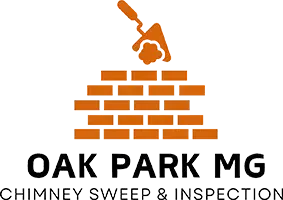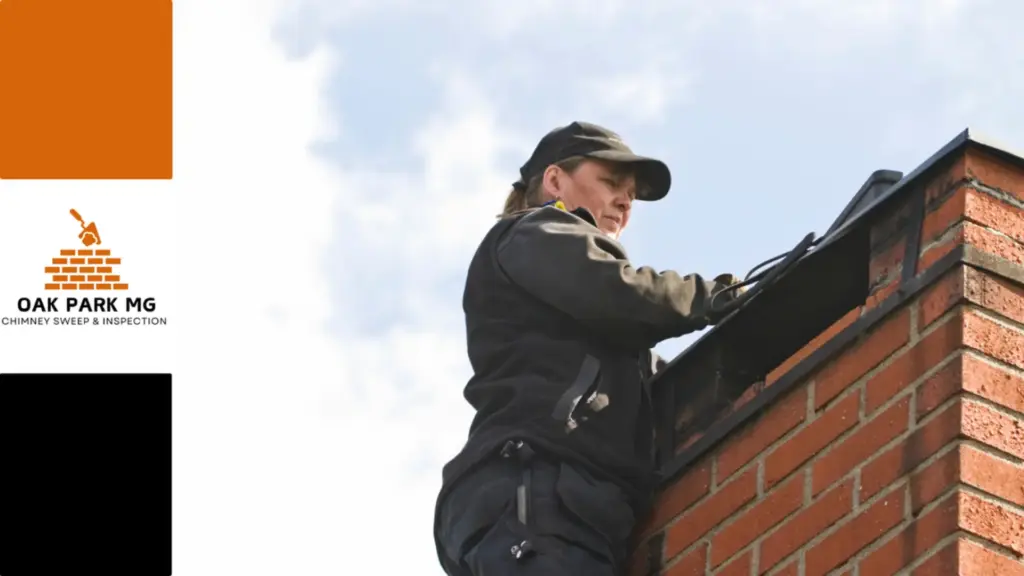A well-functioning chimney ensures proper ventilation, allowing smoke, gases, and byproducts to escape safely. When airflow is restricted, it can lead to smoke backup, carbon monoxide exposure, and inefficient fireplace performance. Many ventilation issues develop gradually, making them difficult to detect without a thorough chimney inspection. Identifying and addressing these concerns early helps maintain a safe and efficient chimney system.
Detecting Blockages That Restrict Airflow
One of the most common causes of poor ventilation is an obstruction within the chimney. Creosote buildup, bird nests, leaves, and debris can narrow the flue, reducing its ability to channel smoke and gases outside. A detailed inspection identifies these blockages before they lead to smoke backup or hazardous indoor air conditions. Removing these obstructions ensures proper airflow and enhances fireplace efficiency.
Identifying Flue Liner Damage and Heat Transfer Risks
The chimney flue liner protects the home’s structure from excessive heat while guiding combustion gases safely out of the chimney. When the liner becomes cracked, deteriorated, or improperly sized, it disrupts airflow and increases the risk of heat transfer to combustible materials. A chimney inspection assesses the condition of the flue liner, ensuring it remains intact and properly fitted to optimize ventilation.
Addressing Negative Air Pressure and Drafting Problems
Proper chimney drafting relies on a balance of indoor and outdoor air pressure. When homes are tightly sealed for energy efficiency, negative air pressure can pull smoke and gases back into the living space instead of venting them outside. Chimney inspections evaluate airflow patterns, ensuring that drafting issues are corrected with proper ventilation solutions, such as chimney caps, dampers, or air intake adjustments.
Preventing Moisture Buildup and Mold Growth
Excess moisture inside a chimney can lead to poor airflow and long-term structural damage. Leaky flashing, missing chimney caps, or condensation buildup can create an environment where mold thrives, further restricting ventilation. Inspections help identify sources of moisture intrusion, allowing for timely repairs that keep the chimney dry and free from air-blocking mold or mildew.
A chimney inspection plays a crucial role in spotting ventilation and airflow problems before they compromise safety and efficiency. By detecting blockages, evaluating the flue liner, assessing drafting issues, and preventing moisture buildup, inspections ensure that the chimney operates at peak performance. Regular evaluations help homeowners maintain a properly ventilated and hazard-free chimney system for years to come.
Learn more:
The Role of Chimney Inspection in Detecting Structural Weaknesses

